Material Science and Engineering
Third step boosts solar cell performance
A three-component light-harvesting layer boosts performance in an organic solar cell.
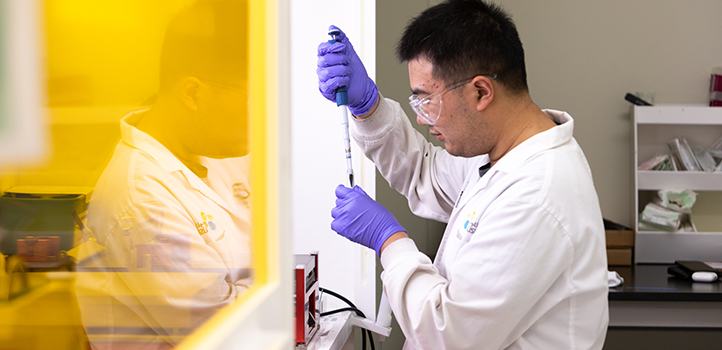
Adding one extra ingredient to the light-capturing layer of an emerging solar cell technology can significantly improve all aspects of its energy-harvesting performance, KAUST researchers have shown.
The team is developing an alternative to silicon solar technology called organic solar cells, which can be formulated into inks for low-cost production. Although organic solar cells do not yet quite match the light-capturing efficiency of silicon cells, the three-component design brings them a significant step closer.
The team is determined to increase the conversion efficiency of nonfullerene acceptors in solar cells.
© 2019 KAUST
There have been significant gains in performance of organic solar cells due to a rethink of their formulation. Typically, the cells consist of two light-capturing molecules: one an electron donor and the other an electron acceptor, which help draw apart the electric charges generated when light strikes the material. Early organic solar cells used molecules called fullerenes as the electron acceptor, but these materials had reached a performance plateau.
“The emergence of nonfullerene acceptors opened a new horizon, boosting the certified power conversion efficiency from 10.9 percent to 15.6 percent in just four years,” says Xin Song, a graduate student in Derya Baran’s research group in the KAUST Solar Center.

The team uses solution-processing techniques to create organic solar cells.
© 2019 KAUST
A more recent innovation is to add a small amount of a third component—either an additional electron acceptor or an additional electron donor—into the organic light-harvesting mixture. The third component can improve processability and produce a higher-quality, higher-performance light-harvesting layer. Alternatively, it can absorb light energy at wavelengths complementary to the other two components in the mixture.
Now, Baran, Song and their collaborators have identified a third component that simultaneously improves both aspects of device performance. The team incorporated a second electron donor called BIT-4F-T into an organic solar material. This molecule was selected for several reasons, Song explains: its deep ionization potential, which benefits the cell’s electronic properties; its complementary light absorption to harvest more light; and its high crystallinity, which improves processability.
Together, these enhancements boosted the solar cell’s performance by 15 percent compared with the two-component mixture, allowing it to reach an overall solar energy power-conversion efficiency of 14 percent. Cells containing BIT-4F-T also retained significantly more performance over time.

(l-r): Derya Baran, Xin Song and Nicola Gasparini in their lab in the KAUST Solar Center.
© KAUST 2019
The team next plans to investigate whether the three-component material can be produced using a manufacturing-friendly, large-scale coating technology while still maintaining superior device stability, Song says. The researchers will also test the material in a tandem solar cell, coating the ternary organic mixture onto another solar material. “From our simulation, the tandem configuration will push the efficiency over 17 percent,” says Song.
References
- Song, X., Gasparini, N., Nahid, M.M., Paleti, S.H.K., Wang, J.-L., Ade, H. & Baran, D. Dual sensitizer and processing-aid behavior of donor enables efficient ternary organic solar cells. Joule 3, 1-12 (2019).| article
You might also like
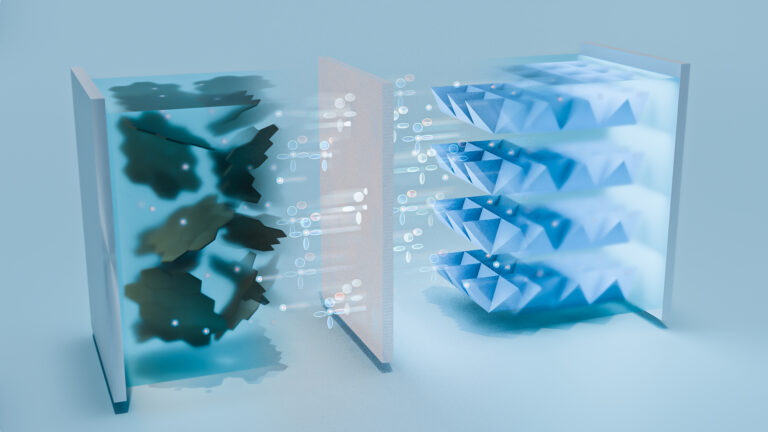
Applied Physics
A single additive enables long-life, high-voltage sodium batteries

Bioengineering
Smart patch detects allergies before symptoms strike
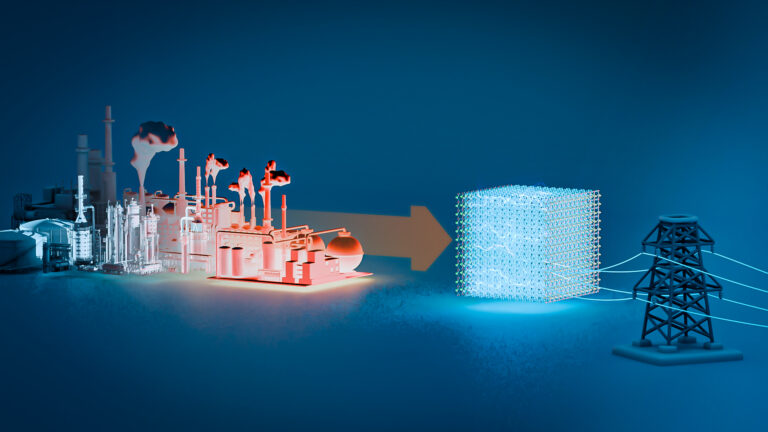
Applied Physics
Two-dimensional altermagnets could power waste heat recovery
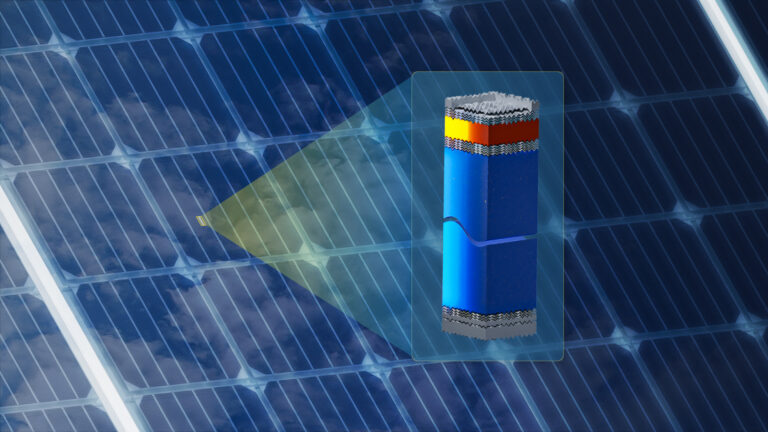
Applied Physics
Interface engineering unlocks efficient, stable solar cells

Applied Physics
The right salt supercharges battery lifespan

Applied Physics
Light-powered ‘smart vision’ memories take a leap forward

Applied Physics
Natural polymer boosts solar cells
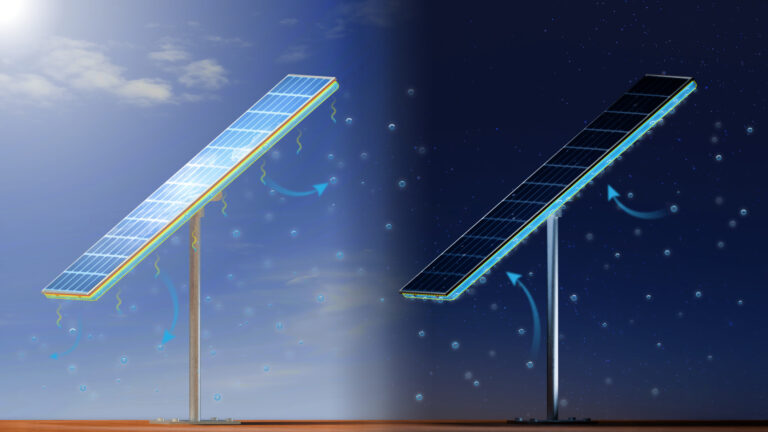
Material Science and Engineering




